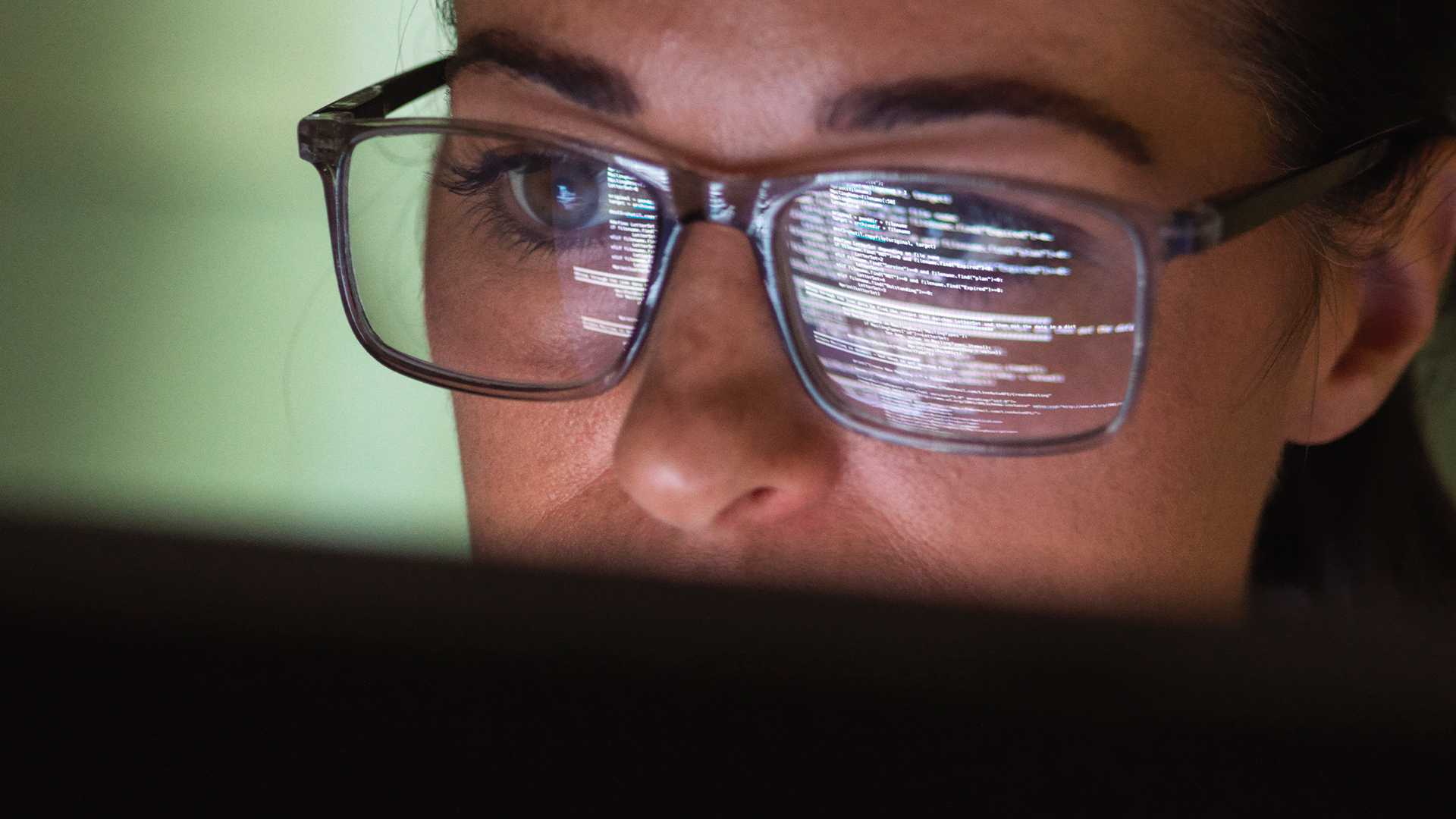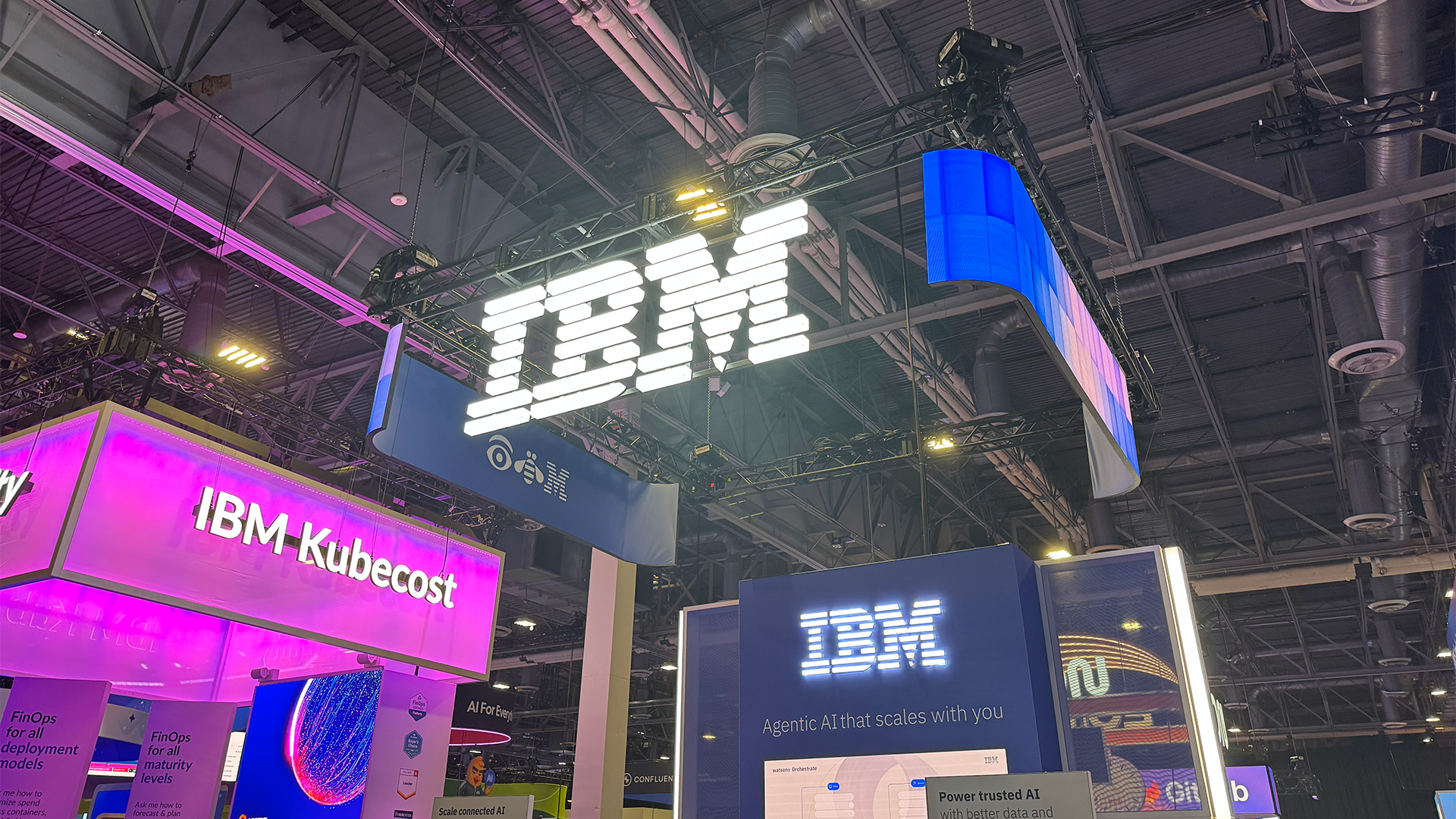Samsung Galaxy Tab 10.1 review
Samsung's first 10in tablet is remarkably light and thin, but is it too much of a lightweight for its own good? We take a closer look in our review.
We had high hopes for the Galaxy Tab 10.1 and if you need a tablet with a more flexible operating system than iOS then its slender, lightweight design makes it an attractive choice. You do have to sacrifice ports and battery life in the process though so it's not an ideal choice for everyone. The iPad 2 remains the best all-round tablet, while the Asus Eee Pad Transformer is still the most flexible, if bulky, Android tablet.
The Galaxy Tab 10.1 is the latest tablet from Samsung and while it may not be the first Android 3.0 Honeycomb tablet on the market it's certainly one of the most striking. It's just 9mm thick, so it's just as slim as the slender iPad 2, if not a hair thinner.
The Tab 10.1 is also very light for a tablet with a 10.1in screen weighing in at 558g 43g less than Apple's market dominating tablet. Although this may not sound like much, it does make an appreciable difference. The Tab is more comfortable to hold for long periods of time than other 10in tablets. It's obviously still not as effortless to hold as a featherweight ereader such as the 247g Amazon Kindle, but the low weight and thin profile are still remarkable especially when compared to far chunkier Android tablets.
physical compromises have been made to make the Tab 10.1 so light and thin.
We suspect the Tab 10.1's plastic build helped Samsung achieve this low weight and thinness. Unfortunately the plastic chassis isn't as sturdy as other tablets we've seen. It feels a bit creaky and flexes under pressure more than we'd like. The plastic back looks especially cheap. Although we would treat any tablet, or any other computer for that matter, with care, we would be especially careful with the Tab 10.1.

Other physical compromises have been made to make the Tab 10.1 so light and thin. Unlike some other Android tablets there's no memory card reader, HDMI port or USB ports full-sized or mini. There's a proprietary dock connector instead for charging, interfacing with a PC and connecting to a TV or projector using an adapter (sold separately). Although these omissions are understandable, they also remove some of the reasons for choosing a non-Apple tablet. Although a physical keyboard dock will be available, there's still no word on a SD card adapter like the one available for the iPad 2. Just as annoying as the use of an uncommon, proprietary cable for charging is the Tab's refusal to charge over a computer's USB port or third party USB chargers.
Sign up today and you will receive a free copy of our Future Focus 2025 report - the leading guidance on AI, cybersecurity and other IT challenges as per 700+ senior executives
-
 Claude Code is coming to Slack — here’s how to use it, what it can do, and how to get access
Claude Code is coming to Slack — here’s how to use it, what it can do, and how to get accessNews Users can get access to Claude Code in Slack today and begin delegating tasks
By Nicole Kobie Published
-
 Cyber budget cuts are slowing down, but that doesn't mean there's light on the horizon for security teams
Cyber budget cuts are slowing down, but that doesn't mean there's light on the horizon for security teamsNews A new ISC2 survey indicates that both layoffs and budget cuts are on the decline
By Emma Woollacott Published
-
 IBM’s Confluent acquisition will give it a ‘competitive edge’ and supercharge its AI credentials
IBM’s Confluent acquisition will give it a ‘competitive edge’ and supercharge its AI credentialsAnalysis IBM described Confluent as a “natural fit” for its hybrid cloud and AI strategy, enabling “end-to-end integration of applications, analytics, data systems and AI agents”.
By Ross Kelly Published